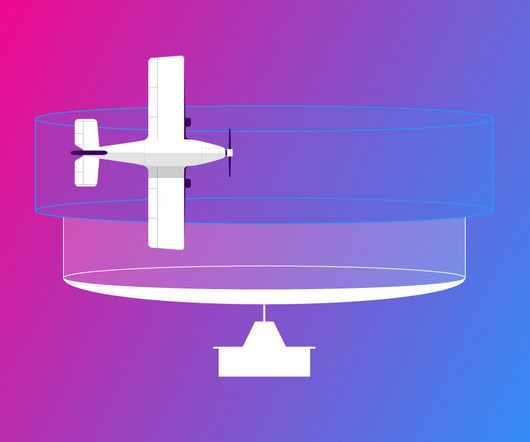RNAV Approaches Simplified: A Guide for New Pilots
Pilot Institute
FEBRUARY 15, 2025
Well, one important thing youll need to know is RNAV approaches. These approaches use GPS to help you land and offer more flexibility than traditional systems like ILS. In this guide, you’ll learn how RNAV approaches work, the different types available, and tips to make them feel natural and straightforward.














Let's personalize your content